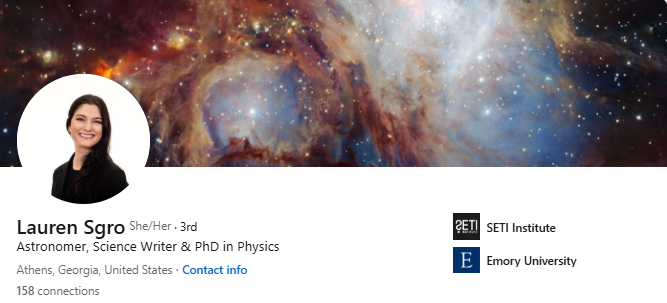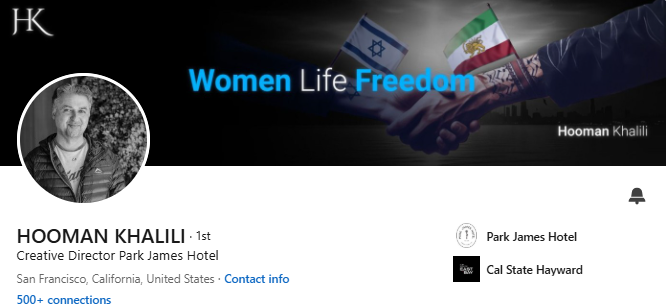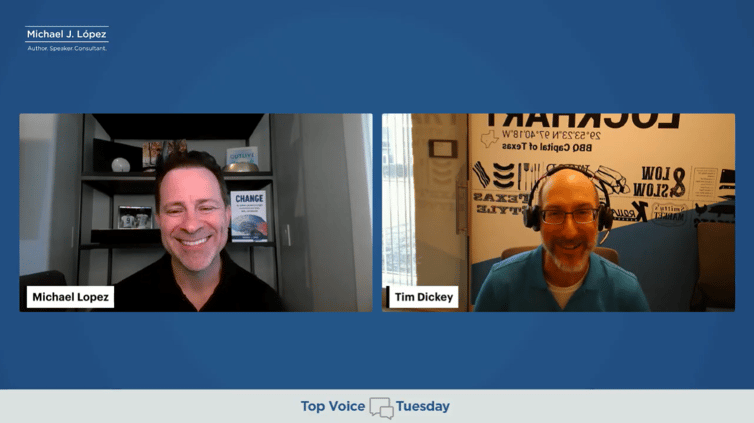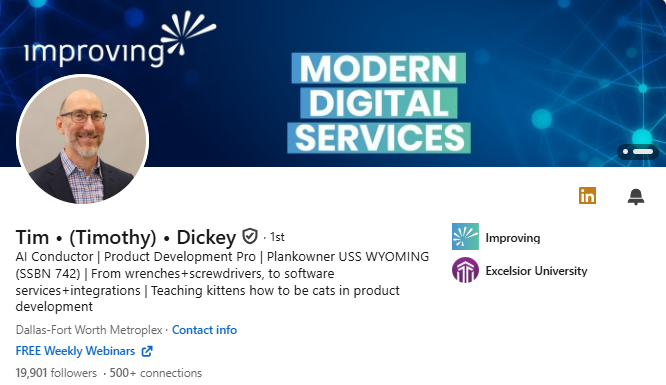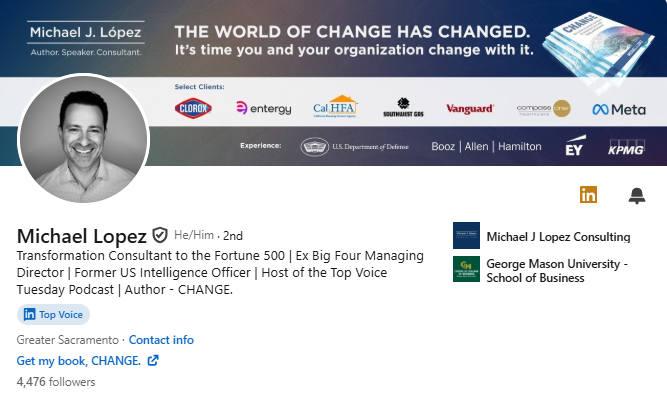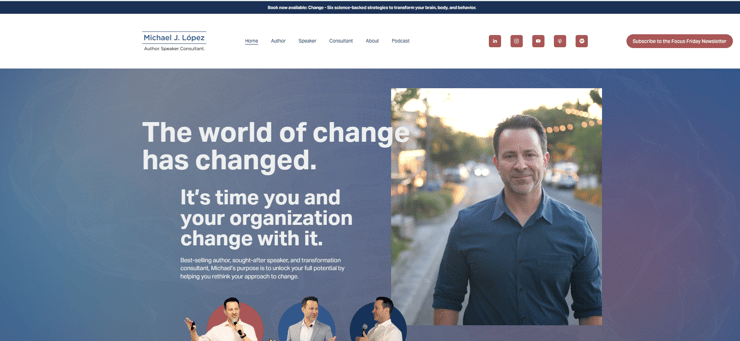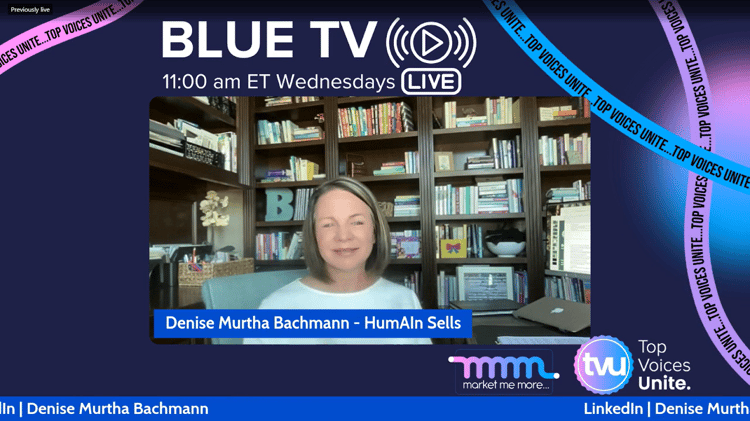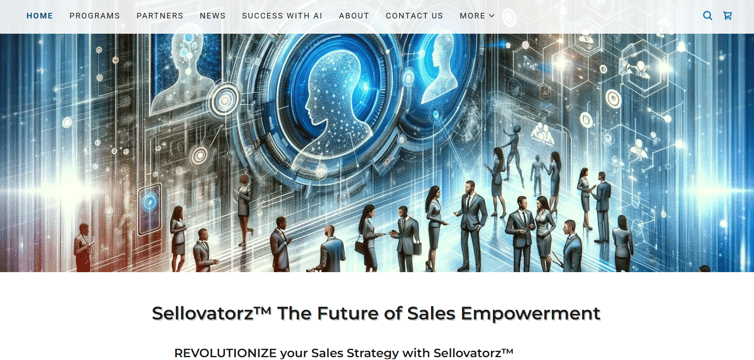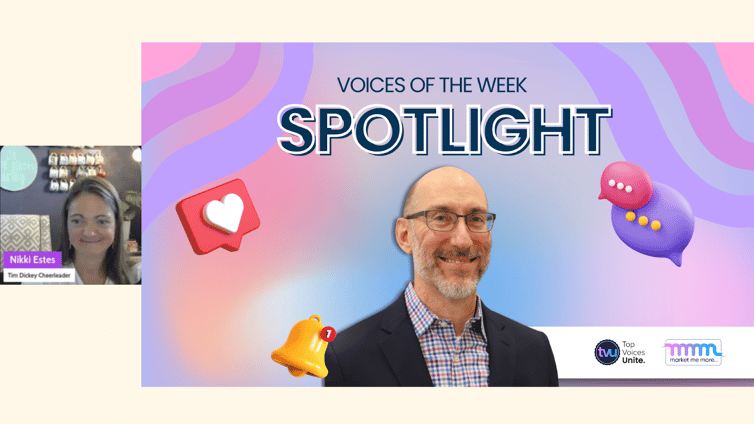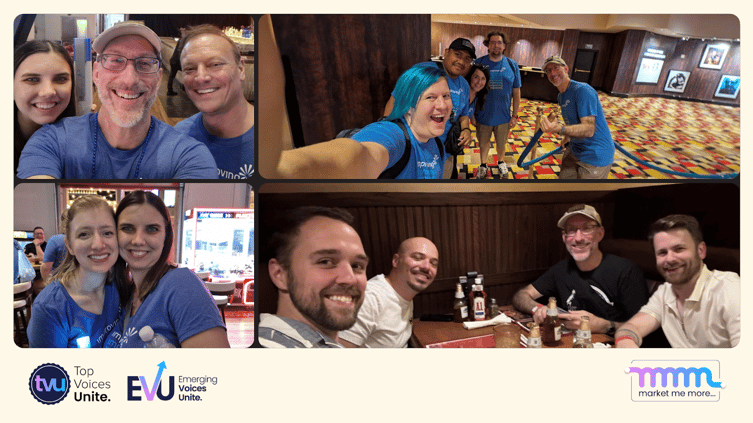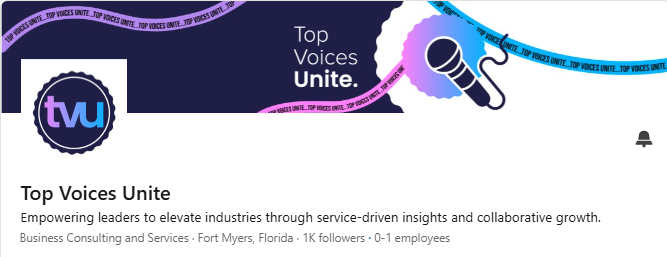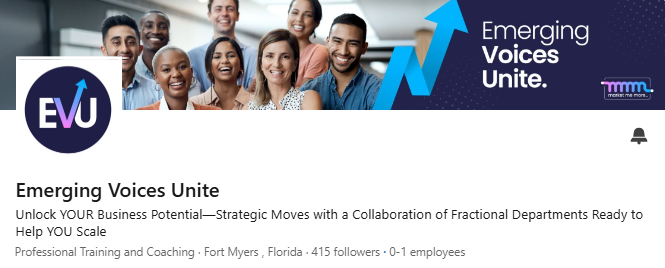4 Steps to Master Uncertainty
Space Innovation, AI, Communication & Rapid Adaptation
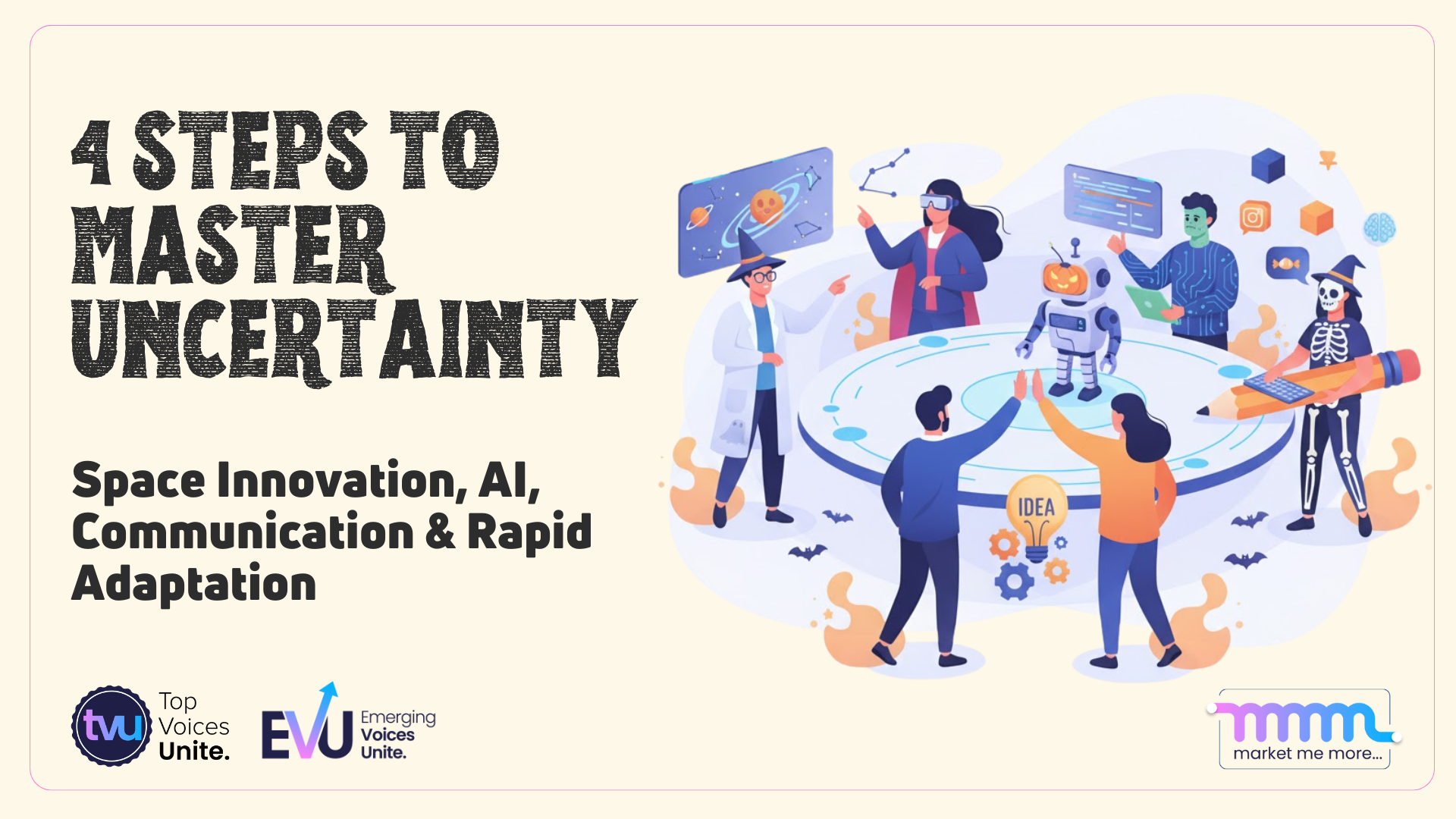
Here's the uncomfortable truth:
While most professionals get caught in hype cycles and treat innovation like ghost stories, the smartest operators focus on what's real, measurable, and actionable.
They understand that space exploration reshapes data science, that AI succeeds through careful implementation—not magic, that authentic CTAs transform passive followers into genuine conversations, and that rapid adaptation beats rigid planning.
What if you could harness breakthrough insights from space scientists, AI strategists, content pioneers, and business leaders—all starting this week?
These insights from Hooman Khalili, Nick Larson, Dr. Franck Marchis, & Dr. Lauren Sgro at SETI; Michael Lopez & Tim Dickey on AI-powered products and rapid adaptation; Denise Murtha Bachmann on authentic CTAs; and Nikki Estes on team culture don't just sound impressive—they deliver measurable competitive advantage when implemented strategically.
Step 1: Leverage Space Discovery and Citizen Science for Data Innovation
What's hidden in the darkness of space? SETI researchers reveal how exoplanet exploration reshapes AI and collaborative science
Stop thinking space exploration is irrelevant to business. The brutal reality?
The tools, data processing methods, and collaborative frameworks developed for astronomy are transforming how companies innovate. Dr. Franck Marchis and Dr. Lauren Sgro of the SETI Institute, speaking on Silicon Zombies with hosts Hooman Khalili and Nick Larson, revealed how citizen science and AI are democratizing discovery.
Here's what most professionals miss: The same technologies detecting distant worlds are optimizing your products, analyzing your data, and accelerating your innovation cycles.
The Deep Dive: From Cosmic Search to Real-World Impact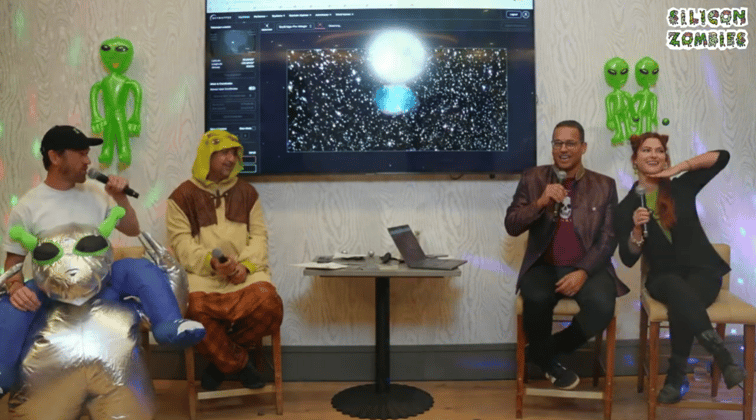
During the live episode "Beyond the Stars," both scientists emphasized how AI has fundamentally accelerated astronomical research. Dr. Lauren, one of only 6,000 applicants selected by SETI, shared her transformative moment:
"When I was eight, I broke my arm at a science museum... and that night I noticed I could see the red color of Betelgeuse with my naked eye. From that moment on, I thought, 'I want to do this for life.'” — Dr. Lauren Sgro
The AI acceleration: Dr. Lauren credited AI tools like ChatGPT as a “learning accelerator” when switching research fields as a PhD student:
Probably ChatGPT... because when you're switching fields as a PhD, it helps you get familiar fast."
Step 1a: Identify Your Data Innovation Opportunities Through Distributed Collaboration
Dr. Franck introduced SkyMapper, a revolutionary platform that connects observers worldwide to real-time telescope data:
"If you have a telescope, you connect it to our platform... anybody part of the network can access it, control it, acquire data. It's the dream of an astronomer."
The scale is stunning: Over 15,000 citizen astronomers now contribute data through platforms like Unistellar and SkyMapper, making 2025 a record year for public participation in professional science.
Action Step: Audit your organization for data-intensive processes. Which ones could benefit from distributed collaborative networks? Map the potential impact and required infrastructure.
Space Discovery Stats:
- AI-assisted data processing has increased telescope image classification speed by 300%. (National Radio Astronomy Observatory)
- 15,000+ citizen astronomers contribute data through collaborative platforms (Hannah Richter, Science News)
- Over 6,000 confirmed exoplanets exist, with 400 billion suspected in the Milky Way alone (Evan Gough, Universe Today)

Step 1b: Implement Rigorous Verification Before Scaling Your Innovation
The conversation revealed breakthrough thinking around biosignatures—potential indicators of life. When Hooman asked about water worlds, Dr. Franck revealed a stunning discovery:
"We may have discovered the emission of a complex molecule from plankton on the surface of the ocean of this planet."
Dr. Lauren provided scientific caution—a lesson for AI adoption:
"We're not on that planet. There could be processes there that we just don't know about. Before claiming life, we need to make sure what we're seeing isn't something else entirely."
Action Step: Before deploying any technology at scale, build verification protocols that match the rigor SETI applies to cosmic discoveries. Velocity without verification creates costly mistakes.
The leadership lesson: Verification matters more than velocity. Apply this rigor to your AI implementations.
Replay + Resources
📺 Watch the Full Episode of “SZ 198: Beyond the Stars Pt. 2”
- In YouTube
- In LinkedIn:
Join the next episode of Silicon Zombies on LinkedIn and YouTube Live! Stay tuned.
🤝 Connect with our Silicon Zombies guest speaker!
→ Company Website: SETI Institute
→ Personal Website: Hooman.tv
→ YouTube Channel: subscribe here!
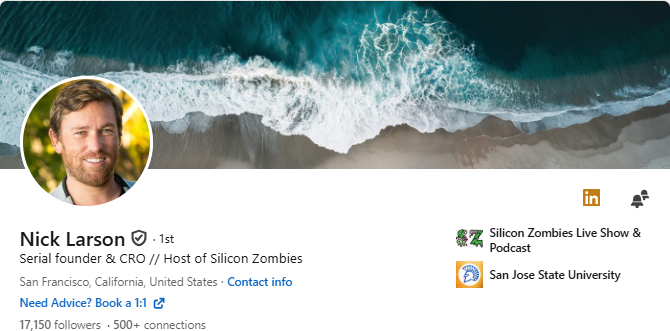
→ Company Website: Silicon Zombies
siliconzombies.com
→ YouTube Channel: subscribe here!
→ Need Advice? Book a 1:1 with Nick in Hubble!
→ Subscribe to Nick’s LinkedIn Newsletter: Brain Food
============================================================Step 2: Build AI-Powered Products That Actually Deliver Business Value
Why are 95% of AI projects haunted by failure? Tim Dickey reveals the hidden reason most AI prototypes never reach production
Stop believing the AI hype. The uncomfortable reality?
According to MIT research that Tim Dickey cited on Top Voices Tuesday, 95% of generative AI proofs of concept are failing.
Tim Dickey, former IBM consultant now helping companies build real AI solutions at Improving, appeared on Top Voices Tuesday with host Michael Lopez to separate myth from measurable outcomes.
The Reality Check: Where Does AI Innovation Actually Happen?
Michael opened with a critical question that cuts through industry noise:
"We talk about AI a lot on this show, but I think we're going to take a different angle about what happens in a world where products are powered with AI—and how those products are making a difference, or if it's just a little bit of hype."
Tim's response was refreshingly candid:
"Because generative is the focus, people think, oh, all AI is generative AI. And that's not the case."
The problem: Most companies chase generative AI without understanding that 68% of AI integration failures stem from missing business logic, not technical failures. (Cyril Dorogan, Bintime)
Step 2a: Define Your Business Logic Before Building Your AI
Tim shared a standout success story: a food science client who used a generative AI chatbot to unlock 75 years of research data, allowing scientists to rapidly test chemical formulations:
"This wasn't about replacing people—it was about augmenting human expertise with automation."
Action Step: Before your first AI implementation, map your business logic explicitly. What problem are you solving? For whom? What would success look like? Document this rigorously.
AI Success Stats:
- Only 5% of generative AI prototypes make it to production (MIT NANDA)
- Businesses with human oversight in AI workflows report 27% higher satisfaction scores (Flora An, Sobot)
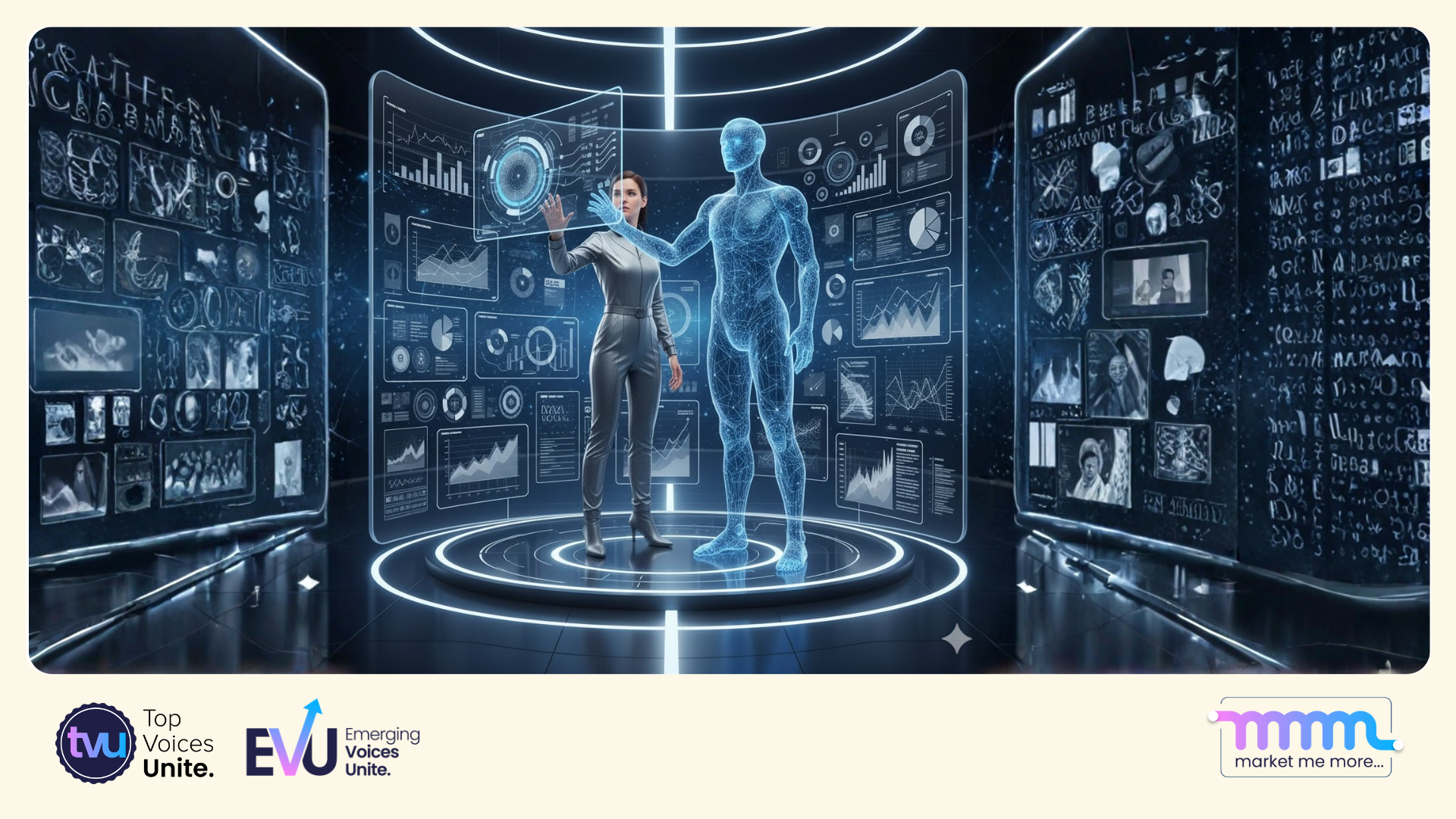
Step 2b: Install Guardrails That Make Your AI Trustworthy
Tim emphasized a critical principle that separates winners from losers:
"Trust and confidence in the generative experience has to be at the forefront of every product team's thinking. If we're not being responsible from the start, it's going to go off the rails quickly."
He praised Microsoft's approach to Copilot in SharePoint for embedding business logic directly into workflows:
"You can put an agent in place, sequence relatable content, define expertise, and even restrict which external links it's allowed to use."
Michael connected this to human experience:
"There's a real possibility for test experiences to go badly... things like hallucinations can take a consumer and make them say, 'I'm never using this again.'"
Action Step: Design guardrails for your AI systems before launch. Define restricted actions, escalation protocols, and human oversight checkpoints. Make guardrails as central to design as features.
Your Immediate Action Item: Audit your AI implementations for guardrails.
If you can't articulate the business logic and safety parameters, you're likely part of that failing 95%
Replay + Resources
📺 Watch the Full Episode of “AI Power Products: Hype or Reality?”
- In YouTube
- In LinkedIn
Join the next episode of Top Voice Tuesday with Joe Sprangel on November 4 at 12:00 PM EST on LinkedIn Live. Register here!
📬 Get the most of the insights from our featured Top Voices in this episode!

→ YouTube Channel: Tim Dickey
→ Subscribe to Michael's newsletter: Friday Focus
→ YouTube Channel: Michael J. Lopez
→ Purchase his book “CHANGE” on Amazon!
============================================================
Step 3: Build Signature Calls-to-Action That Convert Passive Followers Into Revenue
What makes some CTAs convert while others vanish like spirits? Denise Murtha Bachmann reveals the psychology behind authentic engagement
Stop ending posts with "DM me." The brutal truth?
Cookie-cutter CTAs are costing you credibility—and conversions. On her latest Blue TV episode, LinkedIn Top Voice Denise Murtha Bachmann revealed why the best CTAs feel like conversations, not commands.
Here's what most creators miss: Your CTA should sound like you, reflect your values, and honor your audience's readiness.
The Breakthrough: Creating Engagement That Feels Authentic
Denise challenged the entire creator economy's approach to engagement:
"Your call to action should reflect how you talk, how you serve, and what you believe. It's not about transactions—it's about conversations."
The counter-intuitive insight: When your CTAs sound authentic and consistent with your brand voice, followers start anticipating your next post—because it sounds like you.
Step 3a: Build Your Five-Category CTA Library
Denise shared five strategic CTA types every content creator needs in their library—each designed to build credibility, spark conversation, and serve different follower psychology:
Category 1: Connect CTAs — Invite real dialogue and relationship-building
Example: "Let's swap stories—drop yours below or DM me."
Category 2: Content CTAs — Encourage sharing and saving for later
Example: "If this makes sense, hit save or tag someone who needs it."
Category 3: Conversion CTAs — Guide warm leads into the next step naturally
Example: "If your gut says yes, message me 'ready' and let's chat."
Category 4: Community CTAs — Encourage participation and belonging
Example: "What would you have done in this situation? I'm all ears."
Category 5: Soft CTAs — Engage silent followers gently
Example: "Curious but not ready? I've got a free resource—just ask."
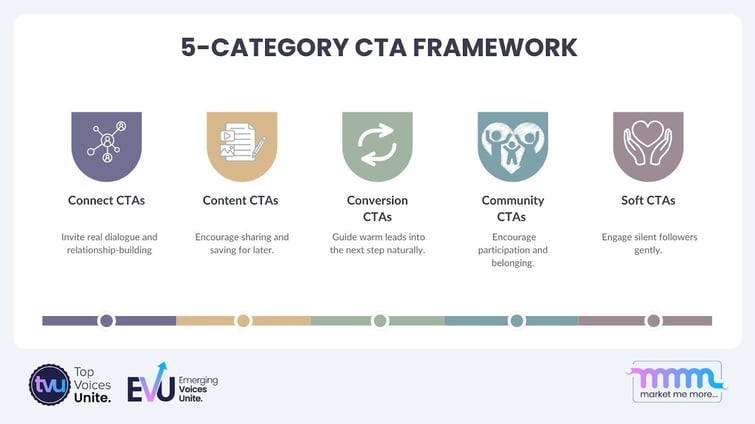
The Data Proves It Works:
- Personalized CTAs convert 202% more than generic ones (Ankit Vora, Hubspot)
- 70% of consumers would consider switching brands after a single poor AI interaction. (Cherry Joy Robles, Unity Communications)
Action Step: Create at least 3 examples for each of Denise's five CTA categories that reflect YOUR authentic voice. Build your personal CTA library this week.
Step 3b: Ensure Consistency Builds Brand Recognition Across All Your CTAs
The key insight Denise emphasized: consistency across diverse CTAs builds brand recognition.
"Personalized CTAs don't mean one-off messages. It means having a signature approach that your audience recognizes—and trusts."
Action Step: Review all 15 CTAs you just created. Do they sound like one voice? Do they reflect your values and your serve?
If they sound generic or disconnected, revise them until they feel unmistakably YOU.
Your Immediate Action Item: Audit your last 10 posts. Which CTA category did you use?
Create a CTA library with 3-5 examples from each category that reflect your authentic voice and serve different follower types.
Replay + Resources
📺 Watch the Full Replay of this week’s Blue TV episode!
- In YouTube
- In LinkedIn:
Join the next episode of Blue TV on November 5 at 11:00 PM EST on LinkedIn Live. Register here!
📬 Learn more from LinkedIn Top Voice Denise Murtha Bachmann
→ Company Website: Sellovatorz
→ Book a 1:1 Sales Strategy Call with Denise!
============================================================
Step 4: Lead Through Rapid Adaptation by Building Culture That Enables Bold Testing
Why do some organizations adapt faster than competitors? The secret isn't speed—it's culture. Nikki Estes spotlights Tim Dickey's revolutionary approach.
Nikki Estes put these questions center stage by spotlighting Tim Dickey on Voices of the Week.
Rapid testing and adaptation are no longer optional— they’re the new baseline.
On this episode, Nikki Estes tackled industry practice by highlighting Tim Dickey’s real-world method for staying ahead through relentless iteration.
Step 4a: Embrace the “Break to Improve” Mindset
Tim’s background as a tester—someone who intentionally breaks platforms in order to improve them—forms the foundation of his approach. Nikki spotlighted how this relentless willingness to test, break, and rebuild is what separates static teams from market leaders.
"The key to staying ahead in technology is rapid testing and iteration driven by real-world feedback." – Nikki Estes
Action Step: Map your current project workflow.
Where can you embed testing earlier—before launch? How can you create a culture that celebrates learning from “strategic failure”?
Step 4b: Make Trust and Team Energy Your Superpower
Tim’s story illuminated that team culture is far more than perks; it’s the engine for high performance. Nikki zeroed in on how regular retreats—even fun events like company trips to Vegas—helped Tim’s team build deep interpersonal trust, which bolsters productivity and risk-taking.
“Regular events like company trips help create stronger interpersonal bonds and boost employee morale. This translates directly into higher productivity and better execution.” – Nikki Estes
High-trust cultures saw 40% better collaboration and 3.6x less turnover in Tim’s experience.
Action Step: Inventory your current team rituals. Which ones actually strengthen bonds?
Initiate one new event or transparent dialogue this month to reinforce alignment and safety.
Step 4c: Translate Internal Wins to External Authority
Nikki spotlighted Tim’s methodical approach on LinkedIn: by sharing software reviews, behind-the-scenes videos, and stories of team challenges, he leveraged transparency for personal and brand growth.
This “show your work” approach organically built his inbound leads and topical authority.
“Effective LinkedIn content blends education, storytelling, and practical ‘how-to’ guidance, helping followers apply lessons directly.” – Nikki Estes
Action Step: Publish a content piece this week that showcases how your team adapts or learns in real time—a recap, a failure post-mortem, or a “before-and-after” case.
Replay + Resources
📺 Watch the Full Episode of this week’s Top Voice Spotlight for Tim Dickey!
- In YouTube
- In LinkedIn
Join the next episode of Voices of the Week with our featured Top Voice Nitin Gupta on November 6 at 11:00 AM ET on LinkedIn Live. Register here!
🔎 Explore more from our Spotlight Voices here:
→ Subscribe to Nikki's newsletters!
https://www.linkedin.com/newsletters/7293915599162785792
https://www.linkedin.com/newsletters/7338135446058692609
============================================================
Your Master Summary: All 4 Steps to Master Uncertainty
The pattern across all four conversations is clear: Future winners integrate multiple competitive advantages—scientific rigor, technical strategy, authentic communication, and organizational culture.
Whether you're leveraging space-grade data intelligence, implementing guardrailed AI, building authentic CTAs, or creating high-performance cultures, four principles separate peak performers:
Principle 1: Rigorous Verification Always Beats Velocity — SETI's scientific caution about biosignatures mirrors how successful companies approach AI. Rapid testing beats hype, but only with guardrails.
Principle 2: Human Oversight Multiplies Technology Impact — From collaborative telescope networks to AI with guardrails to authentic CTAs to high-trust team cultures, human judgment remains the ultimate multiplier.
Principle 3: Authentic Transparency Builds Competitive Advantage — SETI's openness about cosmic mysteries, Tim's honesty about AI failure rates, Denise's vulnerability in CTAs, and Nikki's emphasis on real culture all build trust faster than hype.
Principle 4: Systems Compound When Integrated — Space innovation + AI strategy + authentic communication + strong culture creates exponential rather than incremental advantage.
Your 4-Week Implementation Roadmap:
Week 1 (Step 1): Map data innovation opportunities. Assess your organization for distributed collaboration potential. Build verification protocols.
Week 2 (Step 2): Define business logic for AI. Audit existing AI implementations. Design guardrails for upcoming projects.
Week 3 (Step 3): Build your five-category CTA library. Create 15 authentic CTAs (3 per category). Test them across your content.
Week 4 (Step 4): Implement one rapid testing protocol. Plan a team culture investment. Create content that showcases your process.
The leaders who thrive in 2025 understand that success requires integrating innovation, strategy, authenticity, and culture into a coherent system.
This week's conversations provided the frameworks. Now strategic implementation across all four steps determines your competitive advantage.
Ready to master uncertainty? Take Step 1 this week.
The methodology (and the exponential opportunity) is yours to claim!
============================================================
Upcoming Event from Our Voices: Get Ready to Connect!
Our Top and Emerging Voices are bringing their expertise to you at their upcoming event!
It’s your chance to grow your connections with the opportunity to gain firsthand insights and network with other leaders!
- When: November 5, 2025
- Where: Virtual (Zoom)
- Focus: An event for enterprise leaders to turn AI from concept into reality where one of our Top Voices Nitin Gupta will be speaking. Learn from over 30 practitioners and see over 600 AI deployments in action!
Explore more and reserve your spot for this exclusive event!
============================================================Stay Connected to What Matters Most
Want more weekly strategy breakdowns like this?
- Subscribe to Scaling My Impact for weekly recaps and standout moments from our Top Voices Unite livestreams.
- Register for our weekly Market Me More newsletter to learn more from our Voices community, industry experts who teach on technology, sustainability, leadership, and go to market strategies, and how these affect the future of work.
Build your voice.
Expand your reach.
Lead with substance.


